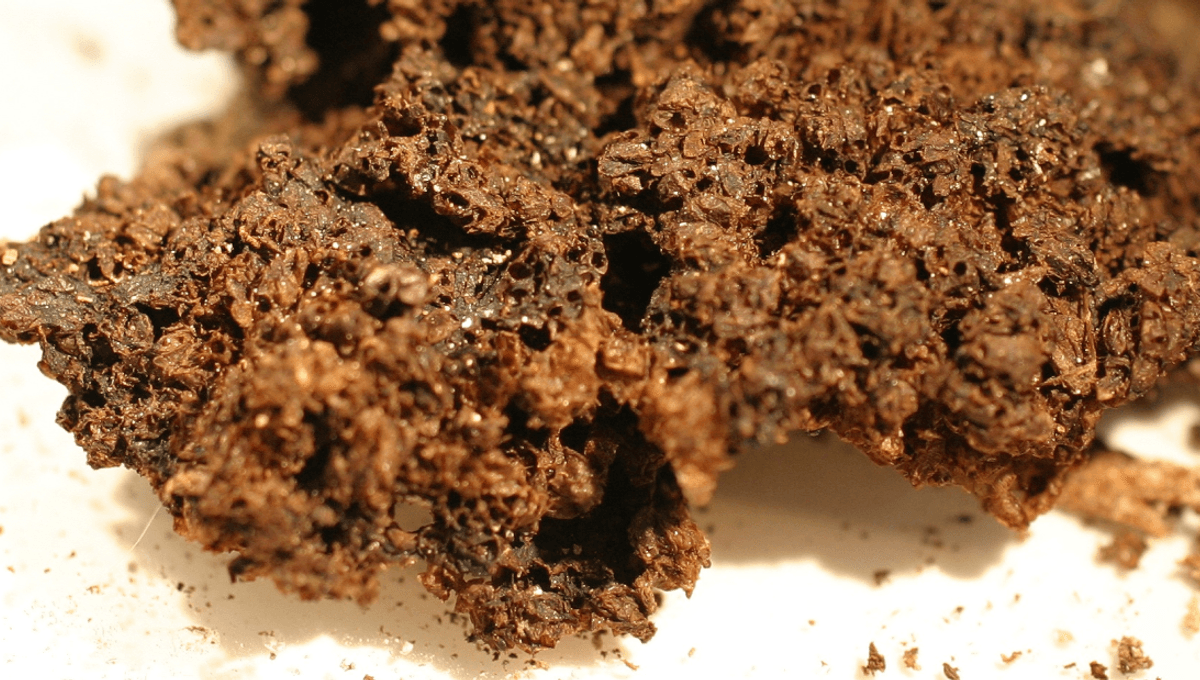
Dying is a cloud that looms over us all, but it’s safe to say that the insects have found its silver lining. Necrophages subsist on the tissues of dead animals, and some of them will even dig down to find their prize.
You might think that a body buried underground would be safe from something flapping about in the air, but not so when it comes to coffin flies. Known to science as Conicera tibialis, the female of this spooky species is among the hardest workers when it comes to tracking down dead dinner.
They can burrow through the soil as deep as 2 meters (6.5 feet) to reach buried corpses and deposit their eggs. Corpses that have been buried for as long as 18 years before being exhumed have shown signs of coffin fly occupation, and their preserved remains have even been found in Roman burials, demonstrating just how precious a habitat the dead body is for these flies.
If a body is left out in the open, there’s a predictable sequence of events that will take it from soft corpse to hardened skeleton, and it all begins with the decomposition ecosystem. There are a few familiar faces in the death squad, and they’ll arrive as if on cue from incredible distances if you pop your clogs out in the open.
“So, flies are the first turn up the scene,” said Senior Curator of Diptera for London’s Natural History Museum Dr Erica McAlister to IFLScience. “On a really good day, with really good wind going in the right direction, a fly can sniff out a dead body from up to seven kilometres [4.3 miles] or so. Also, if you bury them, flies can smell that as well, they can bury down. So, flies are going to be there first as they’re the most sensitive, and [you’ll get] different types of flies.”
McAlister is joining IFLScience with co-author of Metamorphosis Adrian Washbourne to discuss all things forensic entomology at CURIOUS Live, IFLScience’s festival of science (register today if you’d care to join the conversation). As she explained, the process really does begin and end with flies.
“The first ones to turn up will be the blowflies, Calliphoridae, and then you gradually get different types of flies; you might get some house flies, you might get some flesh flies, you’ll get beetles start turning up, some moths will be there, maybe a bug, and then the final bit of the party is some more flies who like the bones and the skin and things like that. So, you have a whole succession of these different insects.”
So depending on your take on death, the decomposition ecosystem can be quite horrible, or quite amazing. I, for one, figure that if I’ve already left the picnic, I might as well become one.
Source Link: Flies Can Dig For Corpses 2 Meters Deep And Enter Coffins To Lay Eggs